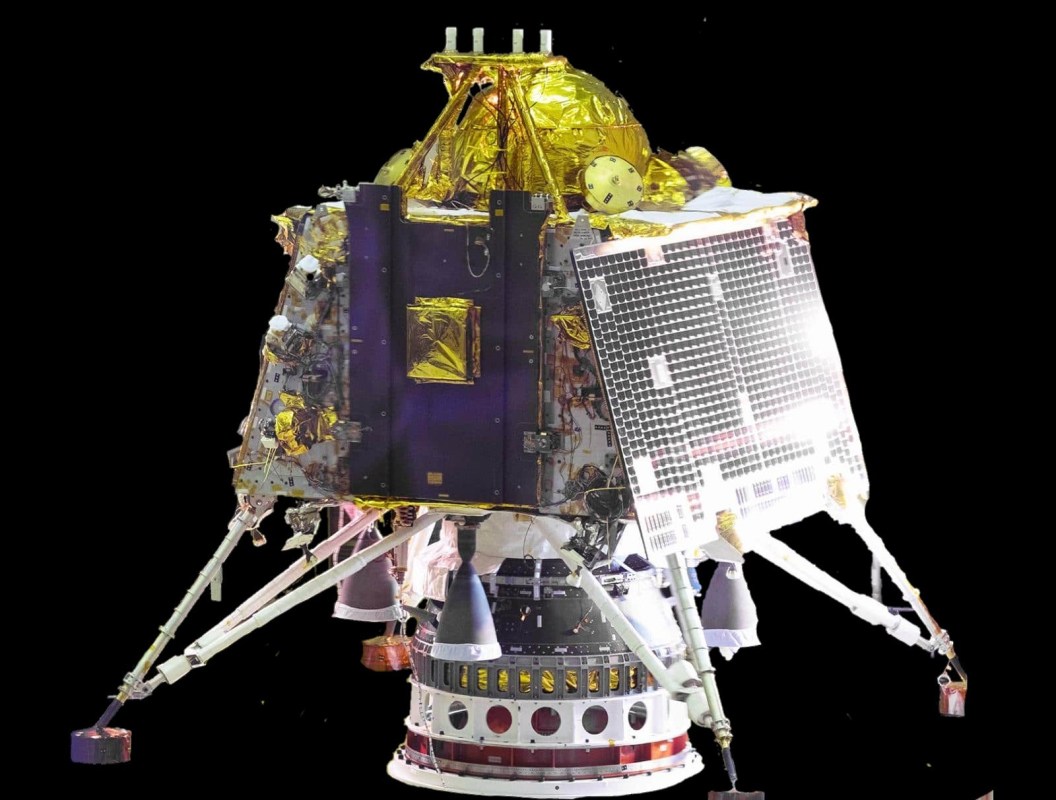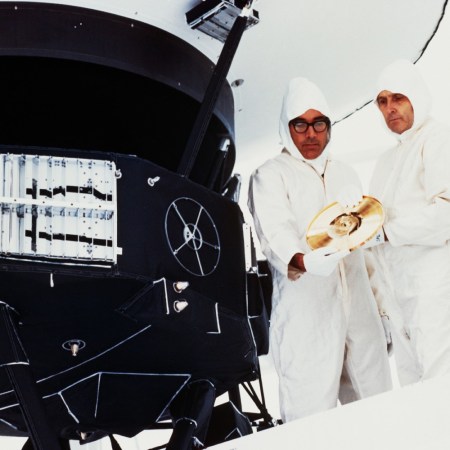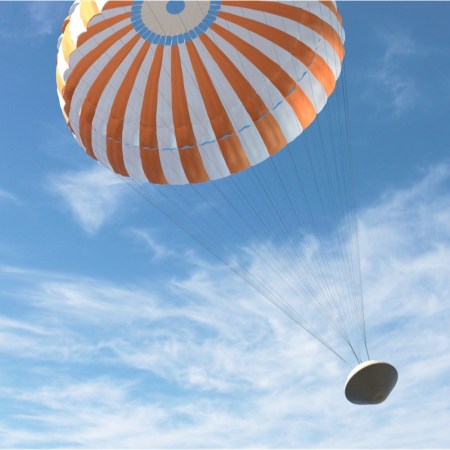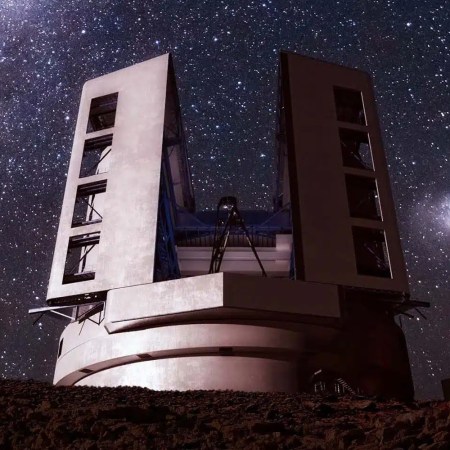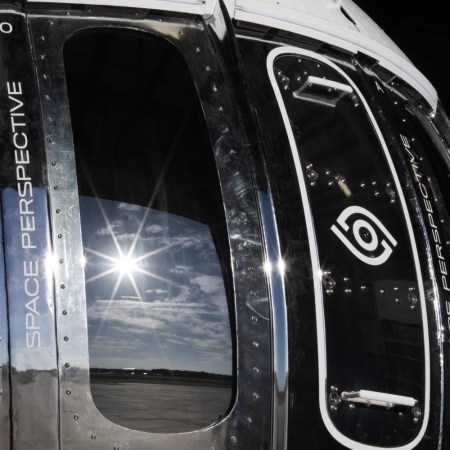Earlier this year, India’s space program launched a mission to explore the surface of the Moon using a lunar lander named Vikram. It was a bold step forward for India. But every country’s forays into space exploration has involved failure as well as success, and the mission to send Vikram to the Moon included some of both. In September came the news that Vikram had crashed on the Moon’s surface, bringing its mission to an unexpected end.
The end of one journey sparked the beginning of something new, however: an international search to find the crashed lander. At The New York Times, Kenneth Chang described the process by which Vikram was found — and the blend of scientific agencies and space enthusiasts who made it possible.
On December 2, NASA reported that it had found the location where Vikram had crashed. Credited with the discovery was a man named Shanmuga Subramanian, who lives in Chennai and spent 7 to 8 hours each day for 4 to 5 days poring over data to determine the lander’s location.
As Chang writes in the Times, one of the reasons the lander was able to be located was due to NASA making information easily accessible. “The accomplishment was a triumph of crowdsourcing in modern space research, and pointed to the value of NASA’s openness with its data and operations,” he writes.
Most of the data from American civilian space missions is freely available to both academics and curious amateurs, who were able to scour pictures from a NASA orbiter for signs of the Indian spacecraft.
The key to discovering the crash site came via data from the Lunar Reconnaissance Orbiter Camera, which provides a host of data and tools to users looking to explore our planet’s sole moon.
Chang’s article discusses the interplay between American and Indian space agencies, as well as Shanmuga Subramanian’s efforts to discover the crash site (and his subsequent efforts to contact NASA). It’s a fascinating look at the current state of space exploration, and the expansive ways people can come together.
Subscribe here for our free daily newsletter.
Thanks for reading InsideHook. Sign up for our daily newsletter and be in the know.
